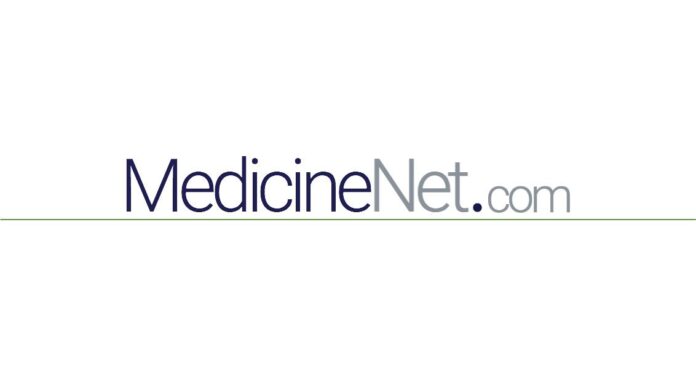[ad_1]
Table of Contents
What are shoulder muscles called?

Shoulder muscles are required for movements of the upper limb. They also give the shoulders their characteristic shape. The shoulder has multiple muscles. Shoulder muscles include the intrinsic muscles or scapulohumeral group, including the deltoid, teres major and four rotator cuff muscles. The extrinsic shoulder muscles are the trapezius, latissimus dorsi, levator scapula and rhomboids (rhomboid major and rhomboid minor).
Shoulder muscles are required for movements of the upper limb. They also give the shoulders their characteristic shape. The shoulder has multiple muscles. The rotator cuff, formed by four muscles, is the primary muscle group that supports the shoulder joint. Hence, the rotator cuff is often commonly referred to as the “shoulder muscles,” and the shoulder muscles are often called the rotator cuff. However, the rotator cuff muscles are not the only shoulder muscles that help their functions.
The muscles of the shoulder can be divided into two main groups.
- Intrinsic muscles: This group of muscles is also called the scapulohumeral group. These originate from the scapula (shoulder blade) and/or clavicle (collar bone) and attach to the humerus (bone of the upper arm). Six muscles form the intrinsic muscles: the deltoid, teres major and four rotator cuff muscles (supraspinatus, infraspinatus, subscapularis and teres minor).
- Extrinsic muscles: These muscles originate from the torso and are attached to the bones of the shoulder, clavicle, scapula and humerus. The extrinsic muscles are divided into superficial and deep layers. The muscles that form the extrinsic muscles are trapezius, latissimus dorsi, levator scapula and rhomboids (rhomboid major and rhomboid minor).
Besides these muscles, there are also other muscles in and around the chest and upper arm that help in the movement of the shoulder joint and arm.
The intrinsic muscles of the shoulder joint
They surround the shoulder joint and help in movement of the joint and upper arm. Each muscle also has its functions. Hence, all the muscles are required to function properly and collectively to produce movement. All the intrinsic muscles are supplied by either the axillary nerve or subscapular nerve. Damage to either of these nerves can affect the function of the muscle, resulting in decreased function or complete loss of function. The intrinsic muscles of the shoulder joint include
- The deltoid: The deltoid muscle is shaped like an inverted triangle. It is further divided into three parts, namely, anterior, middle and posterior. It originates from the outer third of the clavicle bone and outer part of the scapula. It attaches to the outer part of the humerus. It helps to flex (bend), extend (straighten) and rotate the arm.
- Teres major: This muscle originates from the lower angle at the back of the scapula and attaches to a groove in the humerus. It helps extend and rotate the arm.
- The rotator cuff muscles: This is a group of muscles that consist of four muscles that originate from the scapula and attach to the upper part of the humerus called the humeral head. They help in the movement of the joint and provide stability to the joint. Each muscle of the rotator cuff also has its own individual actions. The four rotator cuff muscles are the supraspinatus, infraspinatus, teres minor and subscapularis.
- Supraspinatus: It helps abduct the arm (moving the arm away from the body) up to 15 degrees and helps the deltoid abduct the arm up to 90 degrees.
- Infraspinatus: It helps rotate the arm outward (lateral rotation).
- Subscapularis: It helps rotate the arm inward (medial rotation).
- Teres minor: It helps rotate the arm outward (lateral rotation).
The extrinsic muscles
These are divided into superficial and deep layers. The superficial extrinsic muscles are the trapezius and latissimus dorsi. The deep extrinsic muscles are levator scapulae and two rhomboids that are situated in the upper back, under the trapezius.
- Trapezius: It is a triangular-shaped, broad, flat muscle and the most superficial muscle of the back. It helps lift the scapula and rotate the arm during abduction (while moving the arm away from the body).
- Latissimus dorsi: It originated from the lower back, iliac crest (upper crest of the hip) and last three ribs. It attaches to the humerus. It helps extend, medially rotate and adduct (move toward the body) the upper limb.
- Levator scapulae: It is a small, strap-like muscle extending from the neck to the scapula and attaches to the first four vertebrae (the spinal bones). It helps to elevate the scapula.
- Rhomboids: There are two rhomboid muscles, namely, rhomboid major and minor (located above the major). Both the muscles help move the scapula toward the spine (adduction or retraction of the scapula) and rotate the scapula.
QUESTION
Walking can maintain your body weight and lower many health risks. True or false?
See Answer
Medically Reviewed on 2/12/2021
References
StatPearls
[ad_2]
Source link













